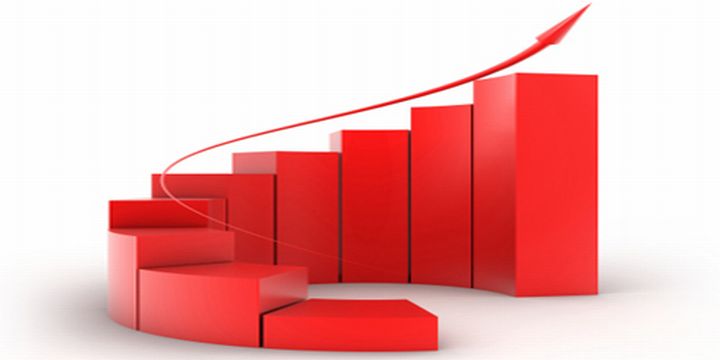Trading systems that shout from the rooftops about how good they are quite honestly two a penny. Many systems promise you the moon on a stick – guaranteed! However all too often the reality falls far short of what’s been promised.
So when I come across a system that looks professional with understated marketing, it gets my attention. Trend Signal has quietly been building a good reputation within the trading community so I made it a priority to review the software on behalf of my members.
The Trend Signals
The Trend Signal package offers six indicators which you can combine to assess a potential trade. Each of these are automatically generated so all you need to do is figure out how best to trade them together. The indicators work for all time frames and across all markets provided there is enough liquidity (enough people trading the market).
Here’s the 6 indicators:
1. Price Envelopes:
these work around a moving average of a stock or Forex price. The most common price envelopes are Bollinger Bands or Keltner channels. The logic behind them is similar to the law of averages, which states that everything revolves around an average or ‘normal’ state. Sometimes things go to extremes and you get activity that is far beyond what is normal.
When this happens, in theory things should slowly start to become normal again. Price envelopes in trading revolve around a moving average with upper and lower bands. These upper and lower bands act like the stretchy ropes of a wrestling ring. Most price action will take place within the confines of the ring, but sometimes price action become extreme and hit the ropes.
The ropes are stretchy so this extreme action is likely to result in a snap rebound. When this happens, you can use price envelopes to predict when a pull back is due. Like an American Wrestler running at the ropes, the harder he hits them, the faster rebounds. Trend Signal draws its own price envelopes.
The idea is to use them to spot points when the trend is likely to reverse or likely to continue. Trend reversals towards the bottom or top of the envelope offer the greatest potential for reward because they indicate that the price has reached unsustainable levels.
In the following screen shot you can see the upper envelope snaking upwards at the top of the picture, the moving average around the centre (finishing around 589) and the half way point between the two denoted by the dotted line.
2. The Trend Signal:
this was the original indicator behind the software. There is a famous trading maxim that states “The trend is your friend”. All very well, but how do you know when a new trend has started or an old one is about to end? Trading with the trend can be very profitable, but getting in too early or too late can be devastating for your financial health.
The Trend Signal helps you to spot the trend direction in one easy indicator. When it changes from green to red it signals that a change in trend in is imminent. The Trend Signal sits at the bottom of the chart moving between a scale of 1 to 100. The line is meant to represent the emotional state of the market.
The line itself changes to green to represent buying pressure and red to represent selling pressure. The strategy is to take signals when the trend signal turns from green to red and vice versa. Good signals occur below 30 and above 70, the best signals occur below 10 and above 90. The idea is that when the trend signal reaches a high level like 90, the market is over bought and ready to make a pull back.
When the trend signal reaches a level like 10, the market is over sold and is ready to bounces. Therefore taking signals based on the change of colour from red to green or vice versa are meant to be more valid.
3. Pivot Points:
Trend Signal automatically draws horizontal lines known as pivots points. These are often based on previous highs and are meant to represent potential future points that the trend will reverse. These pivot points can be very useful for placing stops or price targets. The price usually stumbles or reverses around these levels so they can be incredibly useful.
4. Sniper Circles:
these are yellow circles drawn on the chart that represent a significant potential trend reversal. They appear when Trend Signal detects the following:
A pivot point being close
The Trend signal becoming green or red.
A reversal candlestick pattern.
Sniper Circles are relatively rare but do pick up 60% of high-profit trades. The absence of a sniper circle doesn’t mean a trend won’t reverse.
5. Vector Average:
this is a shorter term indicator than the trend signal and flicks from red to green and vice versa. The vector average is displayed with the price like a moving average. Green indicates and uptrend while red indicates a down trend.
6. Step Stop:
this indicator will follow the price up and down and will adjust depending on the severity of the trend. This stop isn’t perfect but is a very useful guide.
